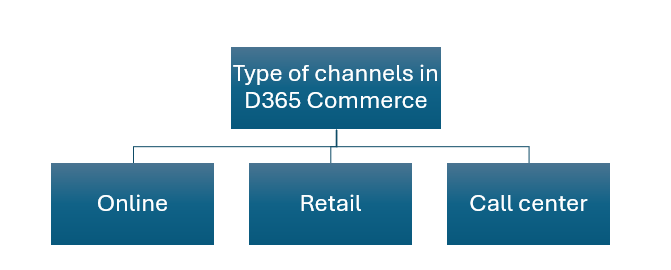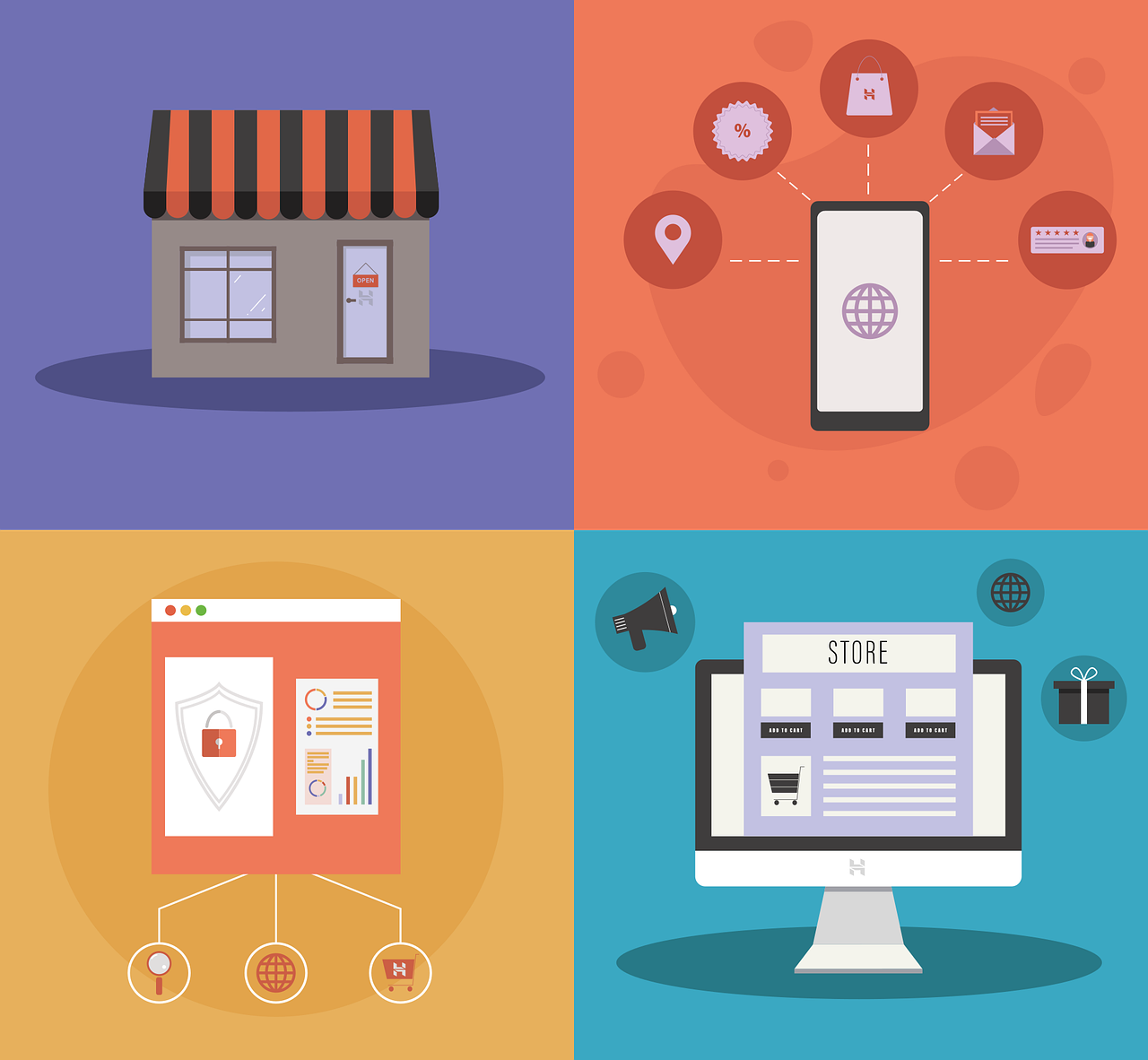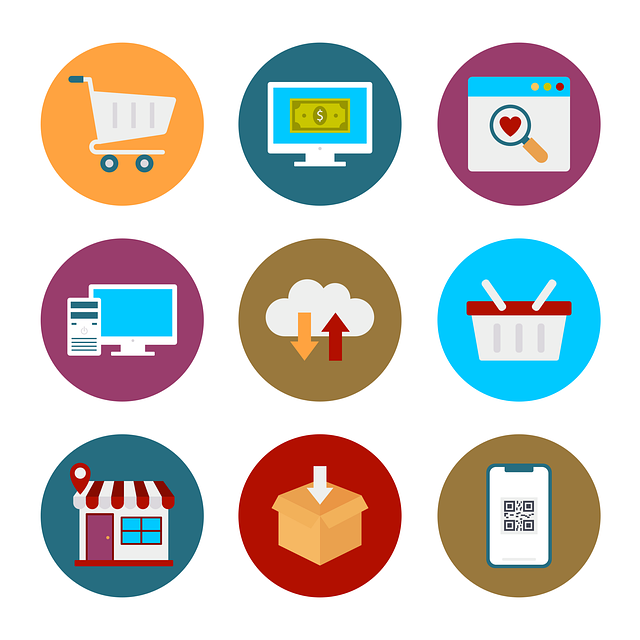Dynamics 365 Commerce is cool for shoppers because it lets you buy stuff whenever and wherever you want, on any device, and this works both online and if you walk into a store.
Dynamics 365 Commerce supports three different types of channels:
-
Online
-
Retail
-
Call center
We are going to dive into what each of these channels is all about.

Online
Online stores are where you set up shop on the internet. Online channels represent the online stores that are connected to e-commerce storefronts.
Online channels give customers options to purchase products from the retail online store in addition to its retail stores.
To create an online store in Commerce, you must first create an online channel.
Retail
Before you can create a new site, at least one online store must be created in Commerce. Retail channels represent standard brick-and- mortal stored and traditional face to face retail.
Brick-and-mortar refers to a traditional business that has a physical store or stores where customers browse and make purchases in person.
Many brick-and-mortar companies have created simultaneous, connected web-based businesses to better compete with online-only firms.
Call centers
Call centers channels represent call center order and customer management. Call center orders are created in commerce headquarters and have the appearance of regular sales orders.
One or more online channels must be created in Commerce headquarters before you can start building your e-Commerce site.
Call center features include advanced price and promotions, catalogs, gift cards, loyalty programs, coupons, rules for fraud alert, and order price control.
Dynamics 365 Commerce has this feature called Store Commerce to help with the daily activities in the physical stores.
Conclusion
The setup can be different for each channel, but they all work together to give shoppers and workers more choices.
Here are a few examples where these channels can be of great use.
For example, a retailer might want to direct customers to the brick-and-mortar stores, so they could offer some discount, and effectively associate that with a specific retail channel.
As part of the store operations, the user can do order processing and fulfillment and can create, for example, orders for out-of-stock products to be picked up or delivered later. Users can also do order-specific picking and receiving, inventory lookups in the current store or other stores, and scheduled or ad-hoc stock counts. Online channels can have their own deals, like a massive discount off to get certain things off the shelves, which only applies if you shop on the web.
Another scenario is let us say you buy something online and want to pick it up in a store, or you bought it in a store and want it delivered to you. Customers can have gift cards or can be part of a loyalty program based on their purchasing history.
If you have questions or are interested in learning more, please do not hesitate to contact us.


